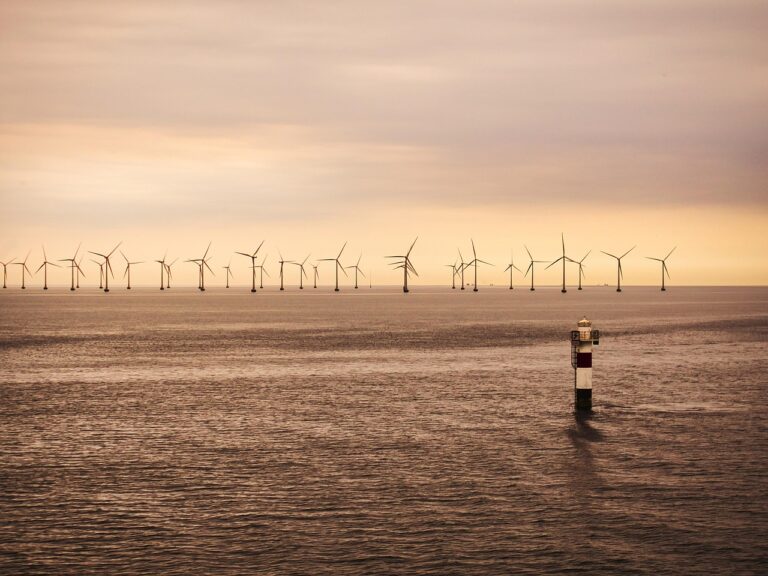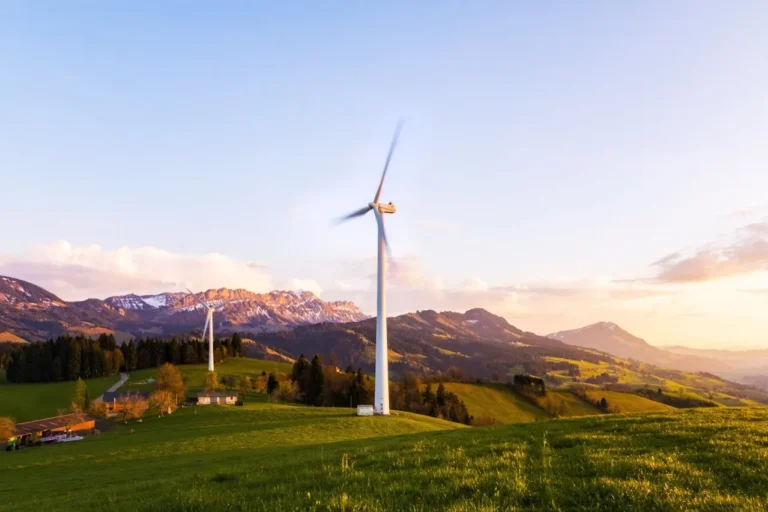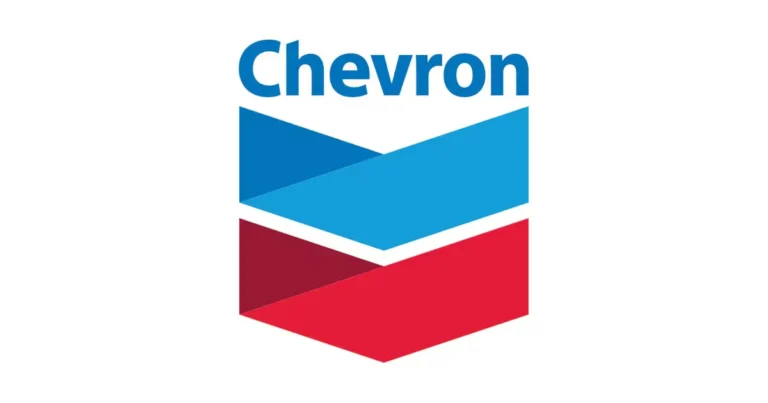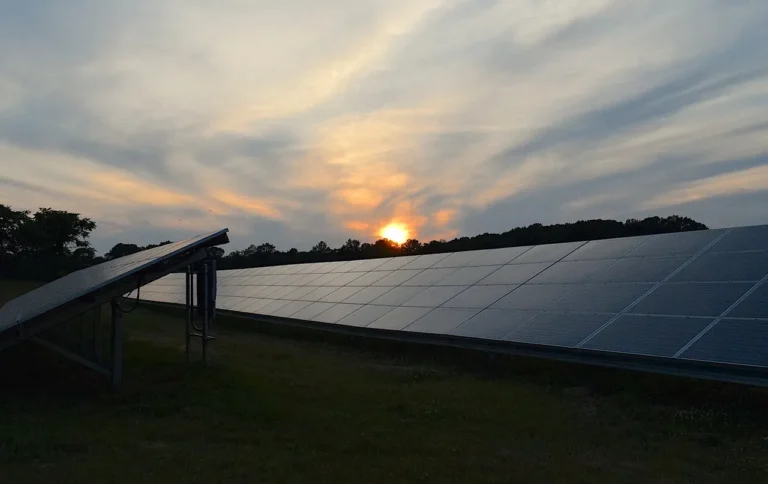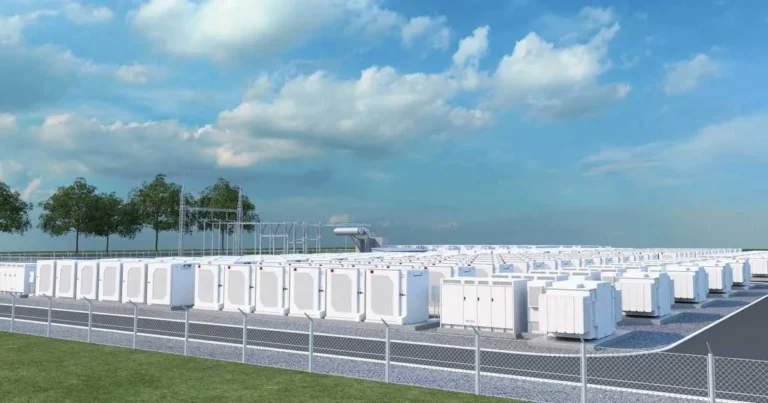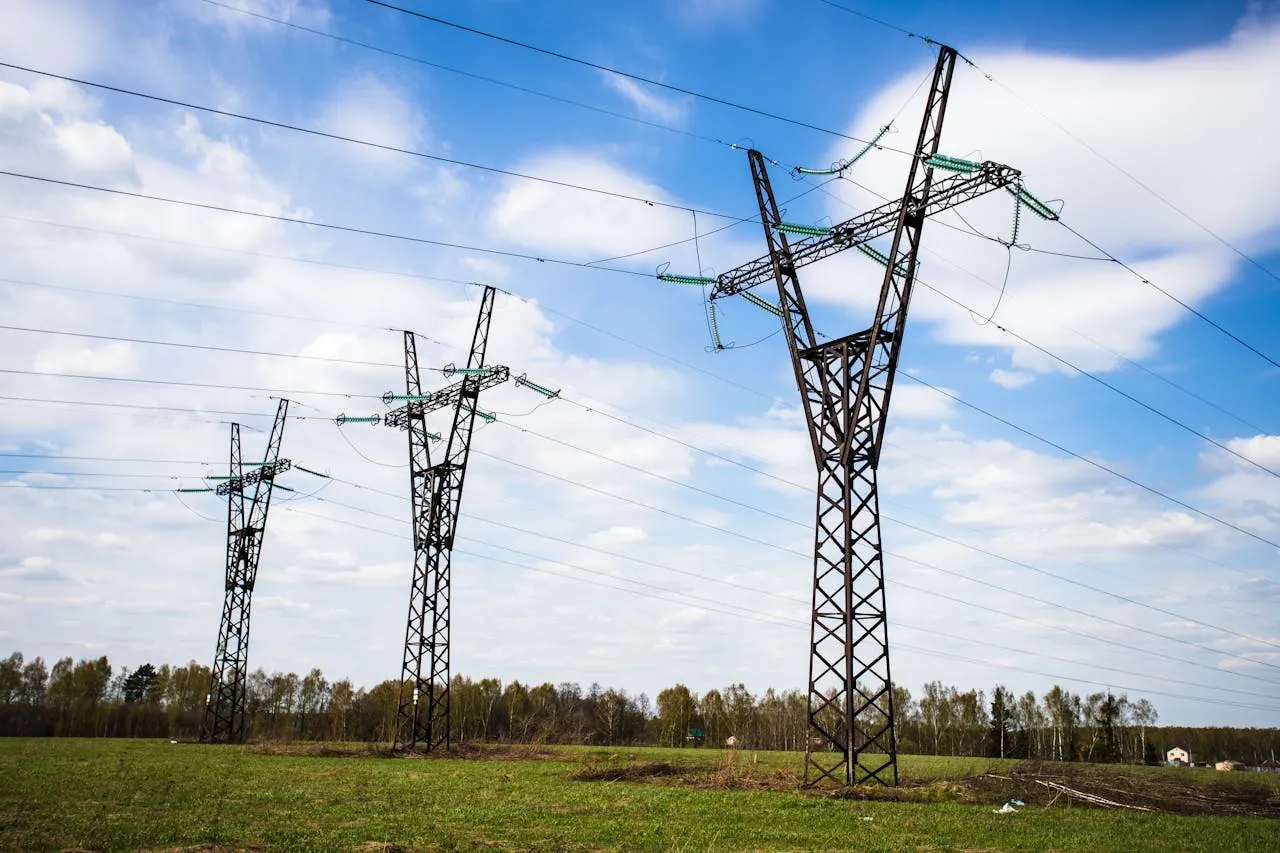
Iberdrola Sets New Record in Distributed Energy Amid Rising Demand and Accelerated Electrification
Iberdrola, Europe’s leading electricity utility by market capitalization, has once again demonstrated its leadership in the global energy transition. The company announced that it achieved a new all-time high in electricity distributed through its networks, reaching 62,577 gigawatt-hours (GWh) in the first quarter of 2025. This marks a 1.7% increase over the same period in 2024, reflecting strong growth in energy demand and a broader push toward the electrification of the economy across several continents.
Record-Setting Performance in Electricity Distribution
The company’s latest performance figures were submitted to Spain’s National Securities Market Commission (CNMV) and signal a strong start to the year. Iberdrola’s distribution networks, a critical component of its infrastructure portfolio, are now more active and efficient than ever. These networks are responsible for supplying electricity to millions of households and businesses across key markets, including Spain, the United Kingdom, the United States, and Brazil.
What makes this growth especially notable is its consistency across all the regions where Iberdrola operates. Each of these countries experienced increased electricity demand during the quarter, underscoring a global trend toward higher electricity consumption. This trend is driven by several converging factors, including economic recovery, the adoption of electric vehicles, digital infrastructure expansion, and government-backed clean energy policies.
The company attributes its historic level of distributed electricity not only to rising consumption but also to decades of strategic investment in modern, resilient, and intelligent grid systems. These systems are designed to handle the growing complexity of today’s energy landscape, which includes distributed generation, smart metering, and integration with renewable energy sources.
Renewable Generation Growth Reinforces Leadership
Parallel to its success in energy distribution, Iberdrola also saw significant growth in renewable energy generation. During the first three months of 2025, the company produced 25,222 GWh from renewable sources—a 4.9% increase compared to the same quarter last year. This performance strengthens Iberdrola’s position as a global renewable energy leader and reflects its unwavering commitment to a sustainable energy future.
Among the countries in which Iberdrola operates, Brazil and the United States posted the most remarkable increases in renewable production. Brazil saw a 24.6% jump in output, supported by the commissioning of new hydroelectric and solar assets and favorable weather conditions. In the U.S., renewable generation grew by 8.3%, reflecting the company’s expanding wind and solar portfolio and the country’s accelerating energy transition.
Spain, the company’s home market, also delivered solid results. Renewable energy generation exceeded 10,737 GWh in the first quarter of 2025, marking a 2.4% increase over the same period in 2024. This continues a trend of strong, consistent renewable output in the Iberian Peninsula, driven by both favorable policy frameworks and strategic asset deployment.
Installed Renewable Capacity Nears 45,000 MW
Iberdrola’s renewable generation capacity also saw noteworthy expansion over the last twelve months. The company added over 2,511 megawatts (MW) of new renewable energy projects, translating to a 5.4% increase year-over-year. This brings Iberdrola’s total global renewable capacity to 44,675 MW—a figure that places it among the largest and most diversified renewable energy portfolios in the world.
One of the most significant milestones during this period was the commissioning of the Saint Brieuc offshore wind project in Brittany, France. With a capacity of 496 MW, Saint Brieuc stands as an iconic development for both Iberdrola and the broader European offshore wind industry. The project not only represents a major technical achievement but also reinforces France’s ambition to reduce its reliance on fossil fuels and boost domestic clean energy production.
The successful rollout of new projects such as Saint Brieuc illustrates Iberdrola’s deep expertise in large-scale renewable infrastructure. It also demonstrates the company’s ability to manage complex permitting, construction, and grid-connection processes across multiple jurisdictions.
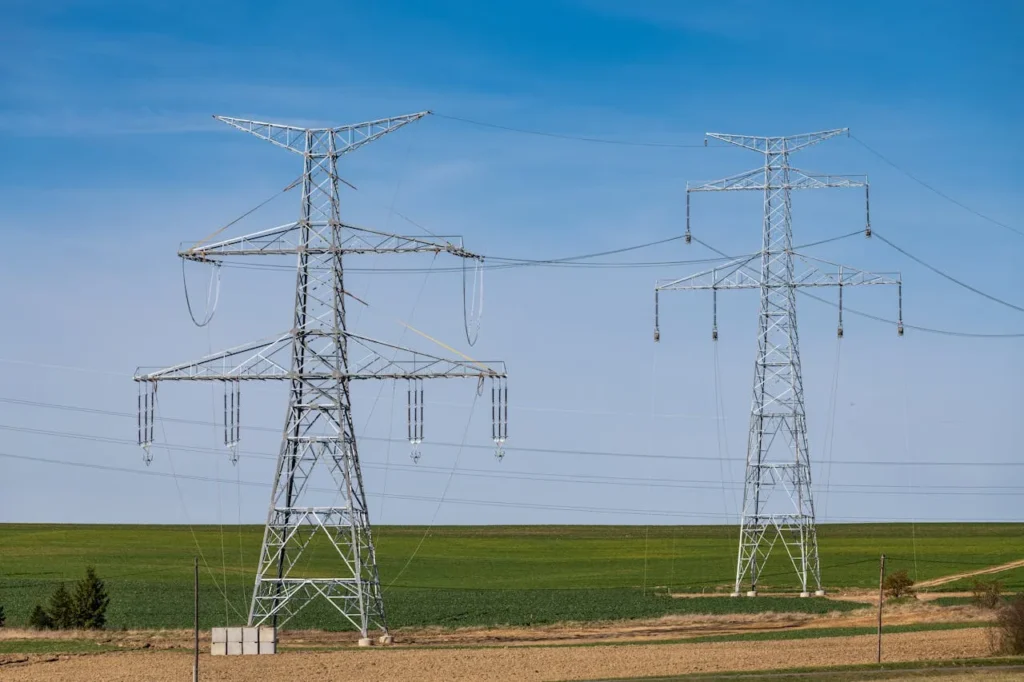
A Vision for Electrification and Energy Security
Iberdrola’s strong operational performance during the first quarter of 2025 is a direct outcome of its long-standing strategy to drive the electrification of economies and accelerate the shift away from carbon-intensive energy sources. Over the past 25 years, the company has invested more than €160 billion in energy infrastructure, with a large portion allocated to renewables, smart grids, storage technologies, and digital systems.
These investments have been essential not only for expanding Iberdrola’s asset base but also for enabling energy self-sufficiency and enhancing the resilience of electricity systems. In an increasingly uncertain geopolitical and environmental landscape, Iberdrola’s infrastructure is helping to secure supply chains, reduce emissions, and stabilize markets.
The company’s leadership in clean energy is perhaps best illustrated by its emissions profile. Iberdrola currently generates 100% emission-free electricity in key markets such as the United Kingdom, Brazil, France, Italy, Germany, Poland, Portugal, and Greece. In Spain, emission-free generation accounts for an impressive 92% of total production. These figures position Iberdrola at the forefront of the global decarbonization movement and highlight the company’s alignment with European and international climate targets.
Responding to Global Trends and Challenges
Iberdrola’s achievements come at a time when global energy systems are undergoing fundamental transformations. The twin pressures of climate change and energy security are reshaping how governments, industries, and consumers approach energy generation, distribution, and consumption. Electrification has emerged as a key solution—one that requires significant investment, innovation, and political will.
The rise in distributed energy use reflects a global shift toward decentralization and digitalization. Consumers are not only using more electricity but are also becoming producers themselves, through rooftop solar panels, battery storage, and other technologies. Iberdrola’s smart grids and digital platforms are designed to accommodate this two-way flow of energy, providing flexibility, efficiency, and reliability.
Meanwhile, the growth of renewable generation is helping to reduce dependence on imported fossil fuels—a priority that has become even more urgent due to geopolitical tensions and fluctuating commodity prices. By expanding its clean energy footprint, Iberdrola is contributing to national and regional strategies for energy independence and economic resilience.
Iberdrola is well-positioned to maintain its momentum. With an ambitious investment pipeline, ongoing expansion into new markets, and a continued focus on innovation, the company is preparing for the next phase of the energy transition. Key priorities include scaling offshore wind, advancing green hydrogen projects, enhancing battery storage capabilities, and further digitalizing its networks.
As energy demand continues to grow—driven by electrification, decarbonization, and digitization—Iberdrola’s integrated model of renewable generation and smart distribution places it at the center of the transition to a cleaner, smarter, and more secure energy future.





